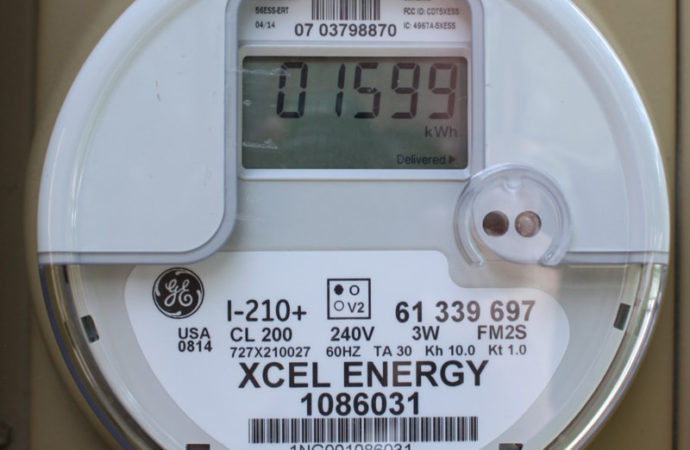As Colorado moves to retire legacy fossil-fuel power plants in order to meet Governor Polis’s goal of 100% renewable energy by 2040, the state is increasingly reliant on wind and solar to meet our electricity needs.
And now, thanks to supply chain snarls hitting the solar industry, our ability to keep the lights on next summer might be in doubt.
According to the Colorado Sun:
Xcel Energy is moving to close a gap in electricity supplies that, for the moment, leaves the region short on electric generation and reserves for the summers of 2023 and 2024.
In filings to the Colorado Public Utilities Commission the company said it is facing “resource adequacy challenges” and that a waiver to add more resources is “critical to serving the company’s customers.”
The key to meeting next peak electricity demands are two large solar projects in Pueblo County that will miss their end-of-year deadlines, but which the utility hopes will be online by the end of next summer.
“This new capacity is absolutely essential,” Colorado Public Utilities Commission Chairman Eric Blank said at a commission meeting Wednesday.
…
In the last few months Xcel Energy has been able to fill about two-thirds of its projected 2023 deficit, leaving it short 49 megawatts for the summer of 2023, according to a PUC filing. In 2024, the company is projecting a 270 MW shortfall. Xcel is projecting a peak load of 7,145 MW in 2024.
When the fate of the electric grid is reliant on a forthcoming solar installation or two, you’ve lost the plot. Solar energy is a perfectly fine complimentary resource in a well-balanced electricity portfolio, but the linchpin of a reliable grid it is not.
According to data from the U.S. Energy Information Administration, solar electricity generation in Colorado enjoys between a 25-26 percent capacity factor. That means even when it is installed on time, solar only produces electricity usable by ratepayers a quarter of the time in a given year.
That’s not exactly a safe bet to be placing on a what’s supposed to be a bulwark against peak capacity shortfalls.
The Sun points out what’s really at stake when our largest energy monopoly can’t ensure enough reliable generation to meet the state’s growing electricity needs.
In other regions — notably Texas and California — such shortfalls have led to power outages, the threat of rolling blackouts and emergency warnings to reduce electricity consumption.
Some Xcel Energy customers got a taste of what a shortfall in electricity can mean on a broiling Aug. 30, when the Comanche 3 power plant failed, pinching supplies. The utility locked the thermostats of 22,000 customers participating in its AC Rewards program, limiting air conditioning in those households.
To add insult to injury, the threat of possible blackouts and a repeat episode of Xcel hijacking the air conditioning of captive ratepayers comes after exorbitant expense aimed at avoiding just such a scenario. Due to the clean energy goals of the state, Xcel agreed to prematurely shutter its baseload coal fleet and replace it with ratepayer funded wind and solar installations. And they’ve spared no expense thus far.
In 2018, Xcel Energy adopted a $2.5 billion Clean Energy Plan that was designed to close all the utility’s coal-fired plants by 2040 and add 1,810 MW of wind and solar generation and 275 MW of battery storage.
The utility boosted the program in 2021 to $8 billion with 3,900 MW of wind and solar, and coal plant closures running between 2022 and 2030.
Eight billion dollars in ratepayer money, and all we’ve got to show for it is an electric grid hanging on for dear life.
It’s time for the state’s utility regulators to get serious. It’s all well and good to transition to cleaner energy, but doing too much too fast is a more immediate concern. All Coloradans have a vested interest in ensuring the environmental vitality of the state, yet the same is true for the resiliency and abundance of the energy supply. Procuring and maintaining baseload generation is paramount.
Coloradans deserve to have the electricity they pay for arrive when needed.








